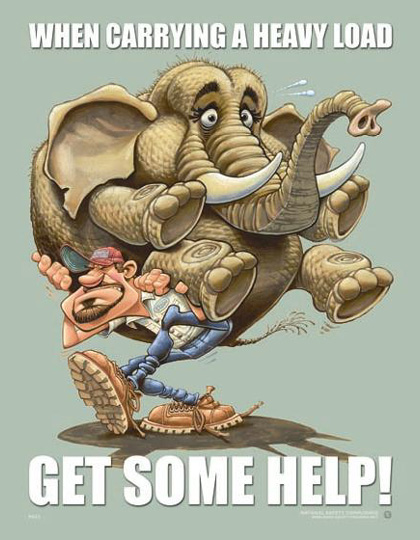Modern society is plagued by a new culture that is ruining lives and is forcing people into healthcare. It is not something we can easily get away from. As early as attending school, we are to sit for prolonged periods of the day, and more so for a majority of people when we leave education and move into full-time employment.
Our sitting culture is growing rapidly. We used to walk to school or work, but long commutes hinder this form of travel and we resort to sitting in a car or on public transport to take us to our destination, for us to then sit down some more until we have to go home.
70% of people in the UK surfer from back pain at some point or another in our lives which equates to £12.3 billion a year, a figure that is increasingly on the rise.
A recent survey conducted by Pfizer (World’s largest research-based pharmaceutical company) revealed that 50% of people between the ages of 18-34 complained of back pain and of that 50%, 25% said that it affected their ability to work.
“This is hugely in excess of what you would expect in this age bracket” says Sean McDougall, from Backcare, the charity for healthier backs.
Another survey produced by CBI entitled “Absence and workplace health survey 2013” found that minor illnesses are the most common cause of short-term absence, with back problems a major feature in this category.
“with over a third of employers (37%) reporting acute back pain as a leading cause of absence among manual workers and more than a quarter (28%) among non-manual employees” (CBI, 2013).
But with all this in mind, trying to avoid sitting down can be a challenge to many of us. However, not everything is all doom and gloom. There are many techniques that can be used to help us relieve the stress on the base of our spine which anyone can incorporate into their everyday lives.
Follow our five tips and see if you too can feel the difference
1. Invest in an Ergonomic Chair
Having an ergonomic chair that helps promote good posture can be extremely beneficial, especially to office workers whose majority of the day is spent sitting down. An ergonomic office chair can provide superior lumbar support to its user compared with any other chair that hasn’t been built with ergonomics in mind. There is no style of chair that has been named ‘best’ as everyone is different. This is why a good ergonomic chair comes with an array of features to help support individuals in a way that they feel best. This includes adjustable seat height, lumbar support, seat width, chair tilt and armrests.
2. Use The 30/30 Rule
There are many variations on this rule which in turn change the name of the rule, but we like to go with the 30/30 rule. This means you should get up for 30 seconds every 30 minutes to help give your body a chance to recover. Our body isn’t designed to sit still for long periods of time, even when sitting in a correct position. Taking regular breaks for even as little as 30 seconds can help relieve the pressure on your spine, and ultimately work towards preventing a back-pain free life.
3. Correctly Setup Your Workstation
Before sitting down in your lovely new ergonomic chair, setting up your workstation properly is vitally important. Your workstation is where many of you will be during the office hours, and it is yours to adjust depending on your needs.
Be sure to sit closely to your keyboard, making sure that the keys are centred with your body. You do not want to be so far away from your keyboard that you have to stretch to hit the keys. If you do like to use your chair to slightly recline, take full advantage of any adjustments that can be made to your keyboard so you can put a slight tilt on it.
Your monitor or reference documents positions are also important items for you to consider also. Position the top of your monitor directly in front of you with the top of the monitor 2-3” above your seated eye level.
4. Plant Your Feet
Planting your feet firmly on the ground so that you allow your hips and knees to be at a 90-degree angle is very important while your sit. By not doing this you expose yourself to a tingling sensation, numbness and even pain in either your thigh, or lower leg due to the excessive pressure on the back of the thigh which compresses the sciatic nerve.
If you are having trouble planting your feet on the floor in a comfortable position, consider using a footrest to help you achieve that 90-degree angle.
5. Stretch
Stretching is not only important to help release some of that muscle tension, but it also feels great! You can stretch while seated, or incorporate it into your 30/30 breaks. Remember to stretch your shoulders, neck, arms, legs and wrists. By doing this regularly throughout the day you will feel a lot better and a lot less tired.
Conclusion
Many of us may not have even considered how we sit as we feel ok at the time. But health complications from sitting in a poor position can creep up on us when we least expect it. By adopting the 5 tips above into your working life, you too can feel the benefits of consciously sitting correctly.
Author bio: This guest post is brought to you by ChairOffice.co.uk, the UK’s leading office chair supplier. Our thanks to Matt Pierce. pb
